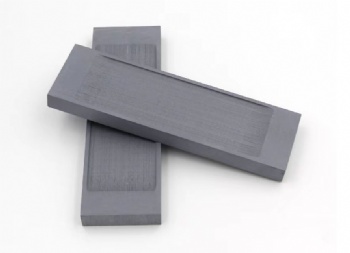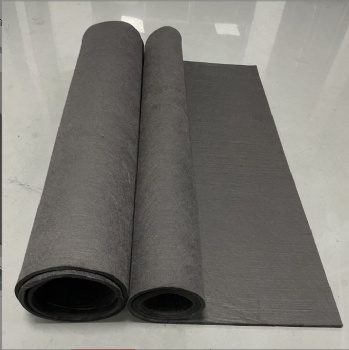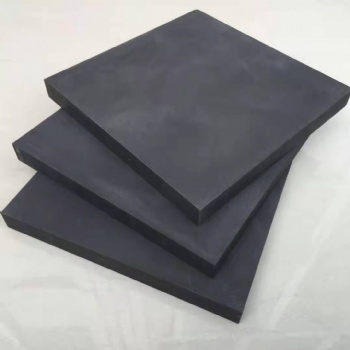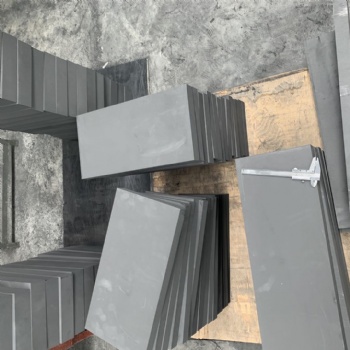News
Graphite Mold Introduce and Applications
Introduction of graphite mold
Graphite mold
Mould is the basic process equipment widely used in industrial production, and the mould industry is the basic industry of the national economy. In modern industrial production, stamping, forging, die-casting, extrusion, plastic injection or other forming processing methods are widely used for product parts, which are matched with forming dies to form blanks into parts that meet product requirements. All kinds of tools and products we use in our daily production and life, ranging from the base of the machine tool, the shell of the machine body, to the shell of a head screw, button and various household appliances, are all closely related to the mold. The shape of the mold determines the shape of these products, and the processing quality and precision of the mold also determine the quality of these products. In recent years, the mold industry has developed rapidly. Graphite materials, new processes and the increasing number of mold factories continue to impact the mold market. Graphite has gradually become the preferred material for mold making due to its good physical and chemical properties.
Graphite mold
1. Excellent thermal and electrical conductivity 2. Good thermal stability and thermal shock resistance such as low coefficient of linear expansion 3. Chemical corrosion resistance and most metals are not easy to react 4. At high temperature (in most copper-based matrix sintering Temperature above 800 ℃) The strength increases with the increase of temperature 5. Has good lubrication and anti-wear properties 6. Easy to process, good machining performance, can be made into molds with complex shapes and high precision
At present, graphite molds have been widely used in the following aspects:
Graphite molds for continuous casting and semi-continuous casting of non-ferrous metals
In recent years, advanced production methods such as direct continuous (or semi-continuous) production of rods or pipes from molten metal state are being promoted at home and abroad. This method has been adopted in China in copper, copper alloy, aluminum, aluminum alloy and so on. Artificial graphite is considered to be the most suitable material as a mold for continuous or semi-continuous casting of non-ferrous metals. Production practice has proved that due to the use of graphite molds, due to its good thermal conductivity (the thermal conductivity determines the solidification speed of the metal or alloy), and the good self-lubricating performance of the mold, not only the casting speed is improved, but also due to the size of the ingot. Accurate, smooth surface, uniform crystal structure, and can be directly processed in the next process. This not only greatly improves the yield and reduces waste loss, but also greatly improves product quality. There are two types of continuous casting methods: vertical continuous casting and horizontal continuous casting.
Die for pressure casting
Artificial graphite materials have been successfully used for pressure casting of non-ferrous metals. For example, zinc alloy and copper alloy castings produced by pressure casting molds made of artificial graphite materials have been used in automotive parts and the like.
Graphite mold for centrifugal casting
Graphite molds have been successfully used in centrifugal casting. In the United States, artificial graphite molds with a wall thickness of 25 mm or more have been used to centrifugally cast bronze sleeves. In order to prevent the burning of the artificial graphite mold, certain anti-oxidation measures can be taken. After casting a certain number of castings, if the inner surface of the mold is found to be burnt, the size of the inner hole of the mold can be enlarged to be used to cast large-sized casing.
Categories
Contact Us
- +8613273657336
- charles@xtlingte.com
- +8613273657336




